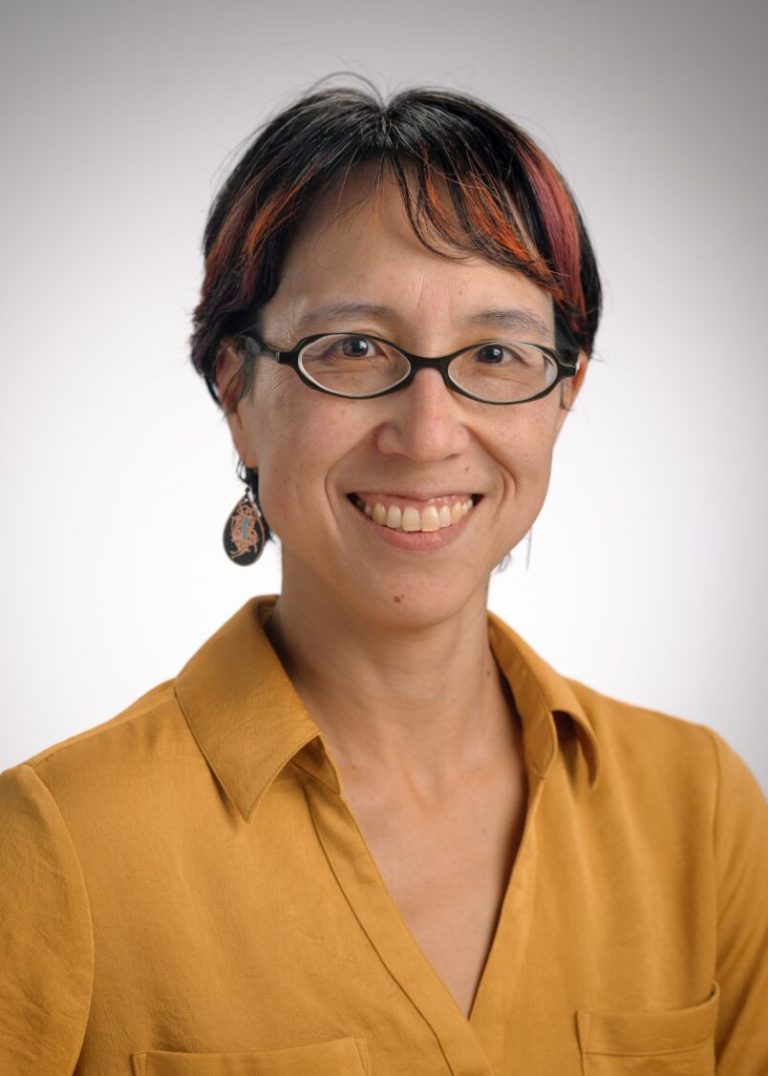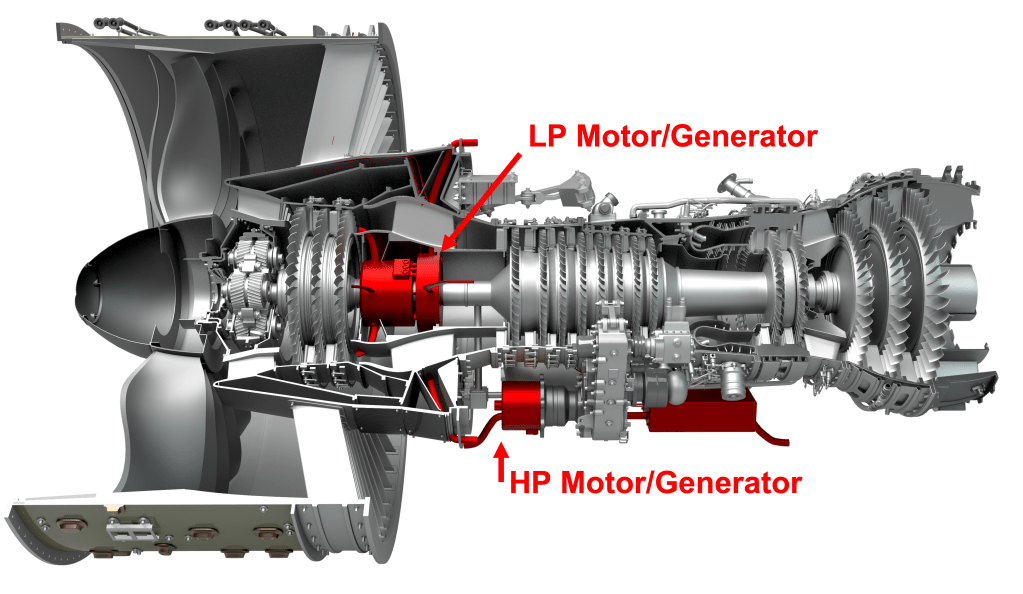
Jessica Audrey Lee
Scientist
Contents
Email: Jessica.A.Lee@nasa.gov
Affiliation: Space Biosciences Research Branch
Professional Background
Biography
2020-present: Scientist, Space Biosciences Research Branch, NASA Ames Research Center
2018-2020: Postdoctoral Fellow, LRC Systems / San Francisco State University: microbial evolution and ecology
2015-2018: Postdoctoral Fellow, University of Idaho: physiology and evolution of Methylobacterium extorquens
Education
2015: Ph.D. Earth System Science, Stanford University
2007: M.Sc. Biology (Integrative Biosciences), Oxford University
2006: M.Sc. Biodiversity, Conservation and Management, Oxford University
2005: S.B. Biology, Massachusetts Institute of Technology
Research Interests
Dr. Lee’s research interests span the breadth of Space Microbiology, with a particular focus on ecology, evolution, and cellular interactions with the physical environment. She uses both wet-lab experimentation and computational modeling to understand what microbes really experience when they come to space with us. How do they feel space stresses like microgravity and radiation, and how is that different from what multicellular organisms experience? What measures should we take to prevent microbes from hitchhiking on space hardware? How can we use our knowledge of microbial ecology to ensure healthy built environments for human explorers? How can we use microbes to produce food and medicines to support deep-space exploration, while ensuring those products are safe to consume? She also does programmatic work supporting biological research beyond Low Earth Orbit as Project Scientist for the Lunar Explorer Instrument for space biology Applications (LEIA), and Manager of the Beyond LEO Instrumentation and Science Series (BLISS).
Dr. Lee is also devoted to bringing her enthusiasm for microbes to the public: she volunteers as a food safety educator through the UC Cooperative Extension and as a Science Mentor with the journal Frontiers for Young Minds, and loves teaching microbial ecology and bioinformatics to students or speaking about microbes in space with anyone who will listen. She is always open to working with students, and often has projects posted on intern.nasa.gov.
Press
- Interview on ASM’s Meet the Microbiologist podcast, 2023 [34 min]: https://asm.org/Podcasts/MTM/Episodes/Sending-Yeast-to-the-Moon-With-Jessica-Lee-MTM-146
- “The Microbial Experience of Spaceflight” – talk given at ASM Microbe 2023 [10 min]: https://www.youtube.com/watch?v=mmiTbWA5UG0
- Work on M. extorquens featured in “Bacterial clones show surprising individuality.” C. Arnold, Quanta Magazine, 2019. https://www.quantamagazine.org/bacterial-clones-show-surprising-individuality-20190904/
Publications
PDFs available on ResearchGate
- Gesztesi J, Broddrick JT, Lannin T, Lee JA. (2023). The chemical neighborhood of cells in a diffusion-limited system. Frontiers in Microbiology 14. doi:10.3389/fmicb.2023.1155726
- An R and Lee JA. (2022). CAMDLES: CFD-DEM simulation of microbial communities in spaceflight and artificial microgravity. Life 12, 660. doi:10.3390/life12050660.
- Jones PA, Frischer D, Mueller S, Le T, Schwanes A, Govindaraju A, Shalvarjian K, Leducq J-B, Marx CJ, Martinez-Gomez NC, and Lee JA. (2022). Methylothon: a versatile course-based high school research experience in microbiology and bioinformatics with pink bacteria. Journal of Microbiology & Biology Education e00227-21. doi:10.1128/jmbe.00227-21.
- Lee JA, Stolyar S, Marx CJ. (2022). Aerobic methoxydotrophy: Growth on methoxylated aromatic compounds by Methylobacteriaceae. Frontiers in Microbiology 13, 849573. doi:10.3389/fmicb.2022.849573.
- Leducq J-B, Sneddon D, Santos M, Condrain-Morel D, Bourret G, Martinez-Gomez NC, Lee JA, Foster JA, Stolyar S, Shapiro BJ, Kemble SW, Sullivan JM, Marx CJ. (2022). Comprehensive phylogenomics of Methylobacterium reveals four evolutionary distinct groups and underappreciated phyllosphere diversity. Genome Biology and Evolution 14, evac123. doi:10.1093/gbe/evac123.
- Lee JA, Baugh AC, Shevalier NJ, Strand B, Stolyar S, Marx CJ. (2021). Cross-feeding of a toxic metabolite in a synthetic lignocellulose-degrading microbial community. Microorganisms 9, 321. doi: 10.3390/microorganisms9020321.
- Bazurto JV, Bruger EL, Lee JA, Lambert LB, Marx CJ. (2021). Formaldehyde-responsive proteins, TtmR and EfgA, reveal a tradeoff between formaldehyde resistance and efficient transition to methylotrophy in Methylorubrum extorquens. Journal of Bacteriology. doi: 10.1128/JB.00589-20.
- Bazurto JV, Nayak DD, Ticak T, Davlieva M, Lee JA, Hellenbrand CN, Lambert LB, Benski OJ, Quates CJ, Johnson JL, Patel JS, Ytreberg FM, Shamoo Y, Marx CJ. (2021). EfgA is a conserved formaldehyde sensor that leads to bacterial growth arrest in response to elevated formaldehyde. PLOS Biology 19, e3001208. doi: 10.1371/journal.pbio.3001208.
- Lee JA, Riazi S, Nemati SH, Vasdekis AE, Ridenhour BJ, Remien CH, Marx CJ. (2019) Microbial phenotypic heterogeneity in response to a metabolic toxin: continuous, dynamically shifting distribution of formaldehyde tolerance in Methylobacterium extorquens populations. PLOS Genetics 15(11): e1008458. doi: 10.1371/journal.pgen.1008458
- Lee JA, Marx CJ. (2019) Tales from the crypt(ic). Science 365: 318–319. doi: 10.1126/science.aay2727
- Lee JA, Francis CA. (2017) Deep nirS amplicon sequencing of San Francisco Bay sediments enables prediction of geography and environmental conditions from denitrifying community composition. Environmental Microbiology 19: 4897–4912. doi: 10.1111/1462-2920.13920
- Lee JA, Francis CA. (2017) Spatiotemporal characterization of San Francisco Bay denitrifying communities: a comparison of nirK and nirS diversity and abundance. Microbial Ecology 73: 271–284. doi: 10.1007/s00248-016-0865-y
- Seyfferth AL, Kocar BD, Lee JA, Fendorf S. (2013) Seasonal dynamics of dissolved silicon in a rice cropping system after straw incorporation. Geochimica et Cosmochimica Acta 123: 120–133. doi: 10.1016/j.gca.2013.09.015
- Lee JA. (2010) Yeast Are People Too: Sourdough fermentation from the microbe’s point of view. In: Saberi H (ed). Cured, Smoked, and Fermented Foods: Proceedings of the Oxford Symposium on Food and Cookery 2010. Prospect Books, United Kingdom.
- Froyd CA, Lee JA, Anderson AJ, Haberle SG, Gasson PE, Willis KJ. (2010) Historic fuel wood use in the Galápagos Islands: identification of charred remains. Vegetation History and Archaeobotany 19: 207–217. doi: 10.1007/s00334-010-0239-1
- Sullivan MB, Coleman ML, Quinlivan V, Rosenkrantz JE, DeFrancesco AS, Tan G, Fu R, Lee JA, Waterbury JB, Bielawski JP, Chisholm SW. (2008) Portal protein diversity and phage ecology. Environmental Microbiology 10: 2810–2823. doi: 10.1111/j.1462-2920.2008.01702.x
- Fricker MD, Lee JA, Boddy L, Bebber DP. (2008) The interplay between structure and function in fungal networks. Topologica 1: 004–004. doi: 10.3731/topologica.1.004
- Fricker MD, Lee JA, Bebber DP, Tlalka M, Hynes J, Darrah PR, Watkinson SC, Boddy L. (2008) Imaging complex nutrient dynamics in mycelial networks. Journal of Microscopy 231: 317–331. doi: 10.1111/j.1365-2818.2008.02043.x
- Sullivan MB, Lindell D, Lee JA, Thompson LR, Bielawski JP, Chisholm SW. (2006) Prevalence and evolution of core Photosystem II genes in marine cyanobacterial viruses and their hosts. PLOS Biology 4: e234. doi: 10.1371/journal.pbio.0040234
White papers, preprints, and projects
- Singh A, Maria SRS, Gentry DM, Liddell LC, Lera MP, Lee JA. Agent-based Model for Microbial Populations Exposed to Radiation (AMMPER) simulates yeast growth for deep-space experiments. bioRxiv; 2023. p. 2023.10.29.564630. doi:10.1101/2023.10.29.564630. Software available at https://github.com/nasa/AMMPER
- Blaber E, Boothby T, Carr CE, Everroad RC, Foster J, Galazka J, Lee JA, Lera M, Ricco A, Sanders L, Szewczyk N, Tahimic C, Todd P, Vaishampayan P, Vanapalli S, Zhang Y, Zitnik M, Harrison L. (2022) Space Biology Beyond LEO Instrumentation & Science Series Science Working Group 2022 Annual Report. Available: https://ntrs.nasa.gov/citations/20230008417
- Lee JA, Brecht JK, Castro-Wallace S, Donovan FM, Hogan JA, Liu T, Massa GD, Parra M, Sargent SA, Settles AM, Singh NK, Justiniano YAV. (2021). Microbial food safety in space production systems. White paper submitted to the Decadal Survey on Biological and Physical Sciences in Space 2023-2032.
- Everroad RC, Foster J, Galazka JM, Jansson J, Lee JA, Lera MP, Perera I, Ricco A, Szewczyk N, Todd P, Zhang Y, and Harrison L. (2021) Space Biology Beyond LEO Instrumentation & Science Series – Science Working Group 2021 Annual Report. Available: https://ntrs.nasa.gov/citations/2021002332
- Lee JA, Boston PJ, Buckner D, Everroad RC, Ledford SM, Moores JE, Reitz G, Schuerger AC, Smith DJ, Stooke PJ, Wacker AL, Wilhelm MB. (2020). SOTERIA: Searching for Organisms Through Equipment Recovery at Impact Areas. White paper submitted to the Planetary Science and Astrobiology Decadal Survey 2023-2032.
- Lee JA, Borrero D, Leyba K, Mantri P, Reynolds A, Vallomparambath PanikkasserySugasree R. (2020) The Pheno-Evo model: Evolution of microbial phenotypic diversity in 2D space. https://everydaymicrobe.com/pheno-evo



























